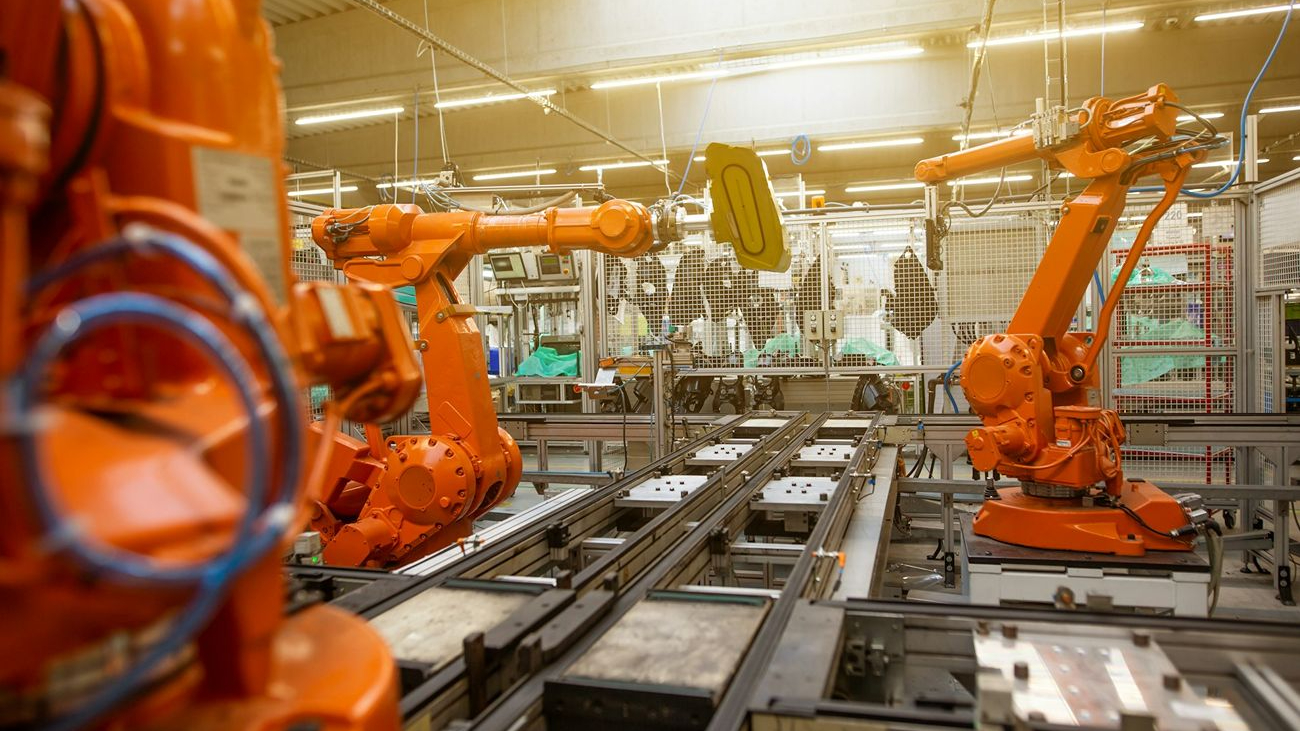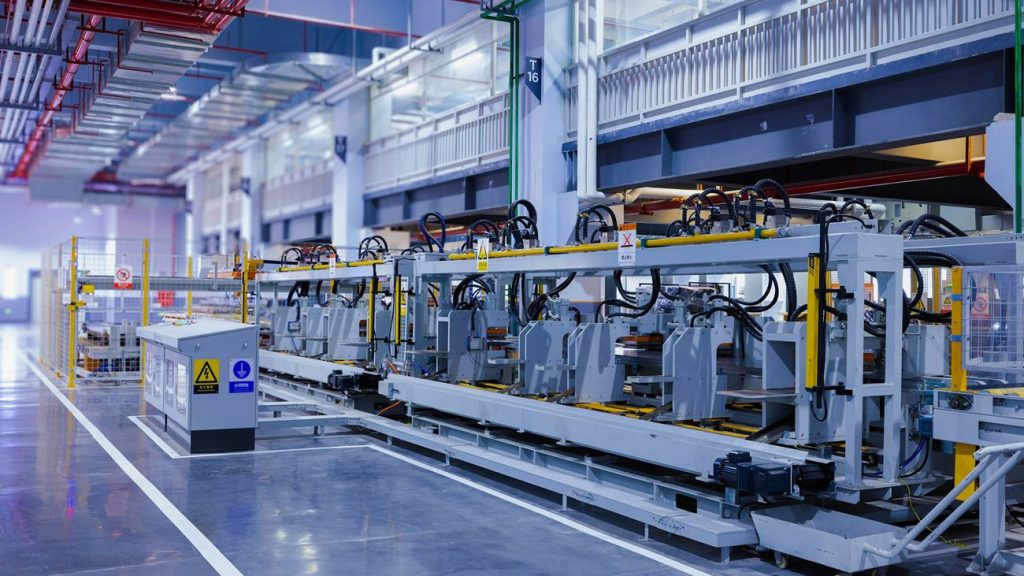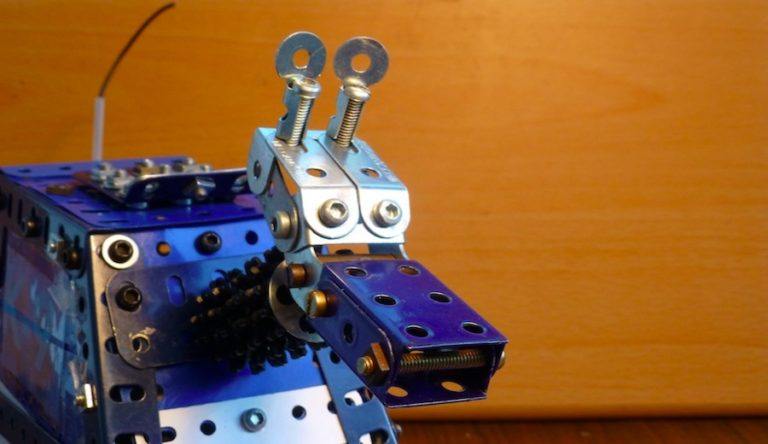Inside Dark Factories: How Machines Work Nonstop Without Humans

Dark factories are like something from a science fiction film, but they are a reality. Driven by automation, they’re quietly reshaping the face of manufacturing. With intelligent machines and artificial intelligence in the picture, an increasing number of corporations are operating factories with minimal human interference. In this article, you’ll learn about how dark factories operate and what they hold for employment and manufacturing in the future.
What Are Dark Factories?
A dark factory is a very automated facility in which all the work is performed by machines, and human beings are no longer required. These use a mix of robots, artificial intelligence, and other sophisticated systems to sustain the production flow.
They are known as “dark” because they have no human workers on site, so the lights can be turned off to save energy. They operate continuously, never resting or pausing, so they are cost-effective and energy-efficient. China has led the way in setting up these automated plants, especially in electronics and car manufacturing.
Why Are Companies Turning to Dark Factories?
Companies are shifting to dark factories for several reasons. These are the main benefits:
- Efficiency: The same task can be performed quickly and better by machines than by humans.
- Cost Saving: Since there is less labor involved, companies save on wages and protective gear.
- Operates 24/7: Machines never require rest, holidays, or time off like human beings.
- Safer Conditions: The dangerous work can be done by robots, and humans will be kept safe.
- Basic Enhancements: Businesses can simply double production by adding additional equipment or software.
Where Are Dark Factories Already Being Used?

- China (Lights-Out CNC Machining): China is using dark factories in a big way, especially in electronics and car production.
- Japan (Fanuc): Fanuc runs a factory that builds robot arms using only machines; no human workers are involved.
- Germany (Siemens): Siemens‘ Amberg factory works with great accuracy and very few people. Most tasks are done by machines.
- USA (Tesla & Hyundai): Tesla’s Gigafactories use robots for many tasks in car production.
Challenges and Concerns
While dark factories bring many benefits, they also come with some real issues. Here are a few in simple terms:
- High Initial Costs: Robotic and intelligent machine installation is very costly in the beginning.
- Loss of Job: With the introduction of machines, some human workers, especially those who work in the car and technology industries, may lose their jobs.
- Tech Breakdowns: If the system fails, the entire factory will be down.
- Cyber Risks: Since these factories are web-connected, hackers could try to hack in and cause chaos.
- Less Flexibility: Robots are good at repeating tasks but not great at handling sudden changes or custom work.
The Future of Dark Factories
Dark factories might be the reality of the future, especially in industries like electronics and automotive, where most of the work might be done by machines precisely and effectively. However, not all the factories will be automated. There are certain aspects that still need human imagination, human judgment, and hand skills. The governments will have to help the employees learn new skills, provide job shifting, and make sure that no one is left behind.






